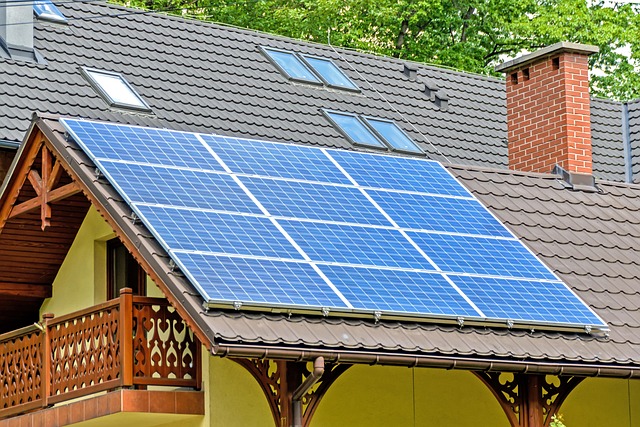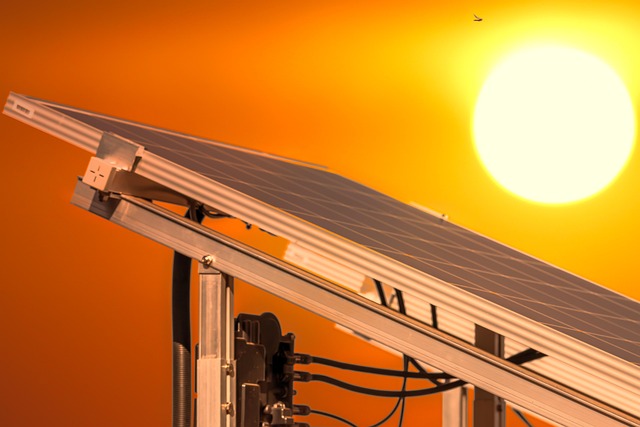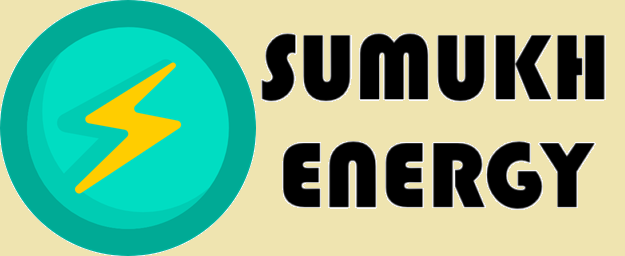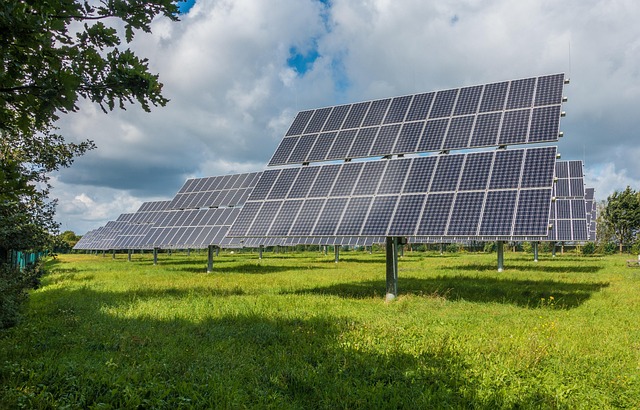
Solar energy is a renewable energy source derived from sunlight, harvested using photovoltaic (PV) cells. It includes both radiant light and heat from the sun. This energy can be converted directly into electricity using PV modules or indirectly via concentrated solar power systems that focus sunlight to generate thermal energy and drive turbines. It is the most abundant energy source on Earth, with more solar energy reaching the planet in one hour than humanity consumes in an entire year.
Its rapid cost decline, modular design and scalability make it central to global decarbonization strategies. In recent years, solar power has surpassed all other energy sources in terms of newly installed capacity, making it a key pillar of future energy planning. Technological advancements in cell efficiency, manufacturing methods and grid integration have further strengthened its application across diverse geographies.
Governments, utilities and private investors are increasingly prioritizing solar energy to achieve climate targets and reduce dependence on fossil fuels. The growing affordability of solar panels, along with supportive regulatory policies, has accelerated adoption in both developed and developing economies. As solar electricity becomes more competitive, its role in enabling clean, reliable and decentralized energy systems continues to grow.
How Solar Energy works?
Solar energy works by converting sunlight into electricity using the photovoltaic effect, first discovered by Alexandre Edmond Becquerel in 1839. In a solar cell, photons from sunlight strike a semiconductor material, typically silicon and excite electrons, creating electron-hole pairs that generate an electric current.
The general mathematical formula for solar power output from a photovoltaic (PV) system is:

Where:
- P = Power output in watts (W)
- A = Area of the solar panel (m²)
- G = Solar irradiance on the panel surface (W/m²), typically up to 1000 W/m² under standard test conditions (STC)
- η = Efficiency of the solar panel (decimal fraction, usually 0.15–0.22 for commercial PV panels)
Example: If a solar panel has:
- Area A=1.6 m²A
- Irradiance G=1000 W/m²
- Efficiency η=0.20
Then: P=1.6×1000×0.20=320 W
Also, the basic formula governing the power output of a solar panel is:
P = V × I,
where P is electrical power in watts (W), V is voltage in volts (V) and I is current in amperes (A).
The efficiency of a solar panel is given by:
η = (Pout / Pin) × 100,
where Pout is the electrical power output and Pin is the solar energy input on the panel surface. Modern photovoltaic cells use p-n junctions to create an electric field that drives current and multi-junction or tandem cells (like perovskite-silicon) can now achieve lab efficiencies above 33 percent.
Solar thermal systems, such as Concentrated Solar Power (CSP), instead use mirrors to focus sunlight and produce heat, which is then converted to electricity via steam turbines.
Technical Fundamentals

Typical commercial PV modules operate at around 20 percent efficiency under standard test conditions. In high irradiance regions such as central Colorado, a 1 m² panel at this efficiency can generate roughly 200 kWh annually. Lab-grade record cells have reached 47.6 percent efficiency under concentrated light, while triple-junction cells under real-world conditions have achieved 39.5 percent. Tandem perovskite-silicon cells are emerging as a promising commercial technology, already surpassing 25 percent efficiency and showing potential for space-constrained environments like rooftops and vehicle-integrated systems.
Solar yield is highly location dependent. Central Colorado receives about 2000 kWh/m²/year, yielding approximately 400 kWh per panel, compared to 280 kWh in Michigan and 175 kWh in southern England. Factors such as cloud cover orientation, dust and seasonality affect generation, but technologies like maximum power point tracking and bifacial panels help optimize performance. Tools such as PVsyst and satellite-based mapping are widely used for accurate yield forecasting and project planning.
Global solar potential ranges from 1,575 EJ to 49,837 EJ annually, far surpassing future energy demand projections. Covering just 1 percent of the Sahara Desert with current PV modules could generate over 20 TW of continuous power. As solar adoption scales, integration with battery storage improves reliability and enables limited baseload support. Advances in grid-forming inverters and compliance with national grid codes are making large-scale solar deployment more stable. With countries pursuing net zero targets, solar will remain at the core of future electricity systems.
What are the Applications and Benefits of Solar Energy?

Solar energy is used across residential, commercial, industrial and agricultural sectors for generating electricity, heating water and powering equipment. In homes, rooftop PV panels can provide enough electricity to meet daily needs, reducing reliance on grid power and lowering utility bills. Commercial buildings often install solar arrays on rooftops or carports to cut operating costs and meet sustainability targets, such as Walmart and Apple, which have made major solar investments across their facilities.
In agriculture, solar water pumps and irrigation systems are widely used in remote areas to increase crop yield and reduce dependence on diesel. Solar thermal systems are also employed in industrial settings for preheating boiler feed water, improving energy efficiency in manufacturing. Beyond cost savings, solar power has significant environmental benefits, as it produces no greenhouse gas emissions during operation and helps countries meet decarbonization targets.
Its scalability and modular design make it suitable for applications ranging from small off-grid solar lanterns in rural Africa to multi-megawatt solar farms powering entire cities.
How Global Solar Capacity is Surging
Global solar PV capacity reached around 1.6 terawatts (TW) by the end of 2023, up from 1.2 TW in 2022. Annual additions in 2023 exceeded 446 gigawatts (GW), nearly doubling the volume of 2022, reflecting rapid expansion of solar deployment across many markets. Renewable capacity additions are expected to increase from 666 GW in 2024 to nearly 935 GW by 2030, with the majority coming from solar PV and wind.

In 2024 alone, over 550 GW of new solar capacity was added worldwide which is a record year of global deployment. This growth has been driven by falling costs of photovoltaic modules, improved supply chains and favourable policy environments in leading markets such as China, the United States and India. For example, China alone installed over 220 GW of new solar in 2023, supported by domestic manufacturing and strong grid integration efforts.
According to the IEA, solar PV is now the cheapest form of new electricity generation in many regions, further accelerating its uptake. Moreover, technological improvements such as bifacial panels and utility-scale tracking systems have increased energy yield per unit of area, enhancing the economic case for large-scale installations. These trends suggest solar PV will remain the backbone of global renewable energy growth throughout the decade.
The decline in solar costs has spurred growth in adjacent sectors such as energy storage, electric vehicles and heat pumps, enabling integrated clean energy systems at scale. For example, the levelized cost of electricity (LCOE) for utility scale solar fell below 40 USD per megawatt hour in many regions by 2023, making it cheaper than new coal or gas plants.
Coupling solar with lithium-ion battery storage enhances grid flexibility and allows for dispatchable power during non-daylight hours. In California, for instance, large scale solar and battery projects such as the Crimson Storage Project support peak evening demand while reducing reliance on fossil fuels. These developments are further supported by policy instruments like investment tax credits, renewable portfolio standards and capacity auctions, which lower investment risks and attract private capital.
Who Leads the Solar Energy Race?

In 2024 solar power generated roughly 2,132 TWh, accounting for 6.9 percent of global electricity supply, even though coal remained larger its share is falling rapidly. China dominates installations and generated around 60 percent of new solar capacity in recent years. As of 2023, China had over 600 GW installed, well ahead of other regions. The United States had 239 GW installed by the end of 2024, with solar accounting for two thirds of new electricity capacity in that year.
India installed about 13 GW in 2023 and holds large solar potential of roughly 5 EWh per year across its land surface. Europe is also a strong contributor, with Germany alone generating over 60 TWh of solar electricity in 2023, supported by consistent policy frameworks and net metering incentives. Emerging markets in Latin America and Africa are expanding as well, with Brazil and South Africa both experiencing double digit growth rates in solar deployment.
As more countries adopt feed in tariffs, reverse auctions and solar mandates, the global share of solar in electricity generation is expected to continue rising sharply. Technological advances and falling costs are also making it easier for lower income countries to integrate solar into rural electrification programs and distributed generation projects.
Final Thoughts
Solar energy is a rapidly expanding, cost effective and scalable technology. With over 1.6 TW installed capacity, nearly 2,132 TWh annual production and growing adoption in major markets like China, the United States and India, solar is transforming electricity generation. Advances in conversion efficiency, deployment architectures and hybrid systems continue to enhance performance.
While challenges remain in storage, grid integration and policy design, solar energy stands as a cornerstone of global decarbonization efforts. Emerging innovations such as perovskite tandem cells and smart inverters are expected to push system efficiencies and operational stability even further.
As nations pursue net zero emissions, the convergence of solar with digital grid technologies and distributed energy management platforms will play a critical role in enabling reliable and clean power systems.

